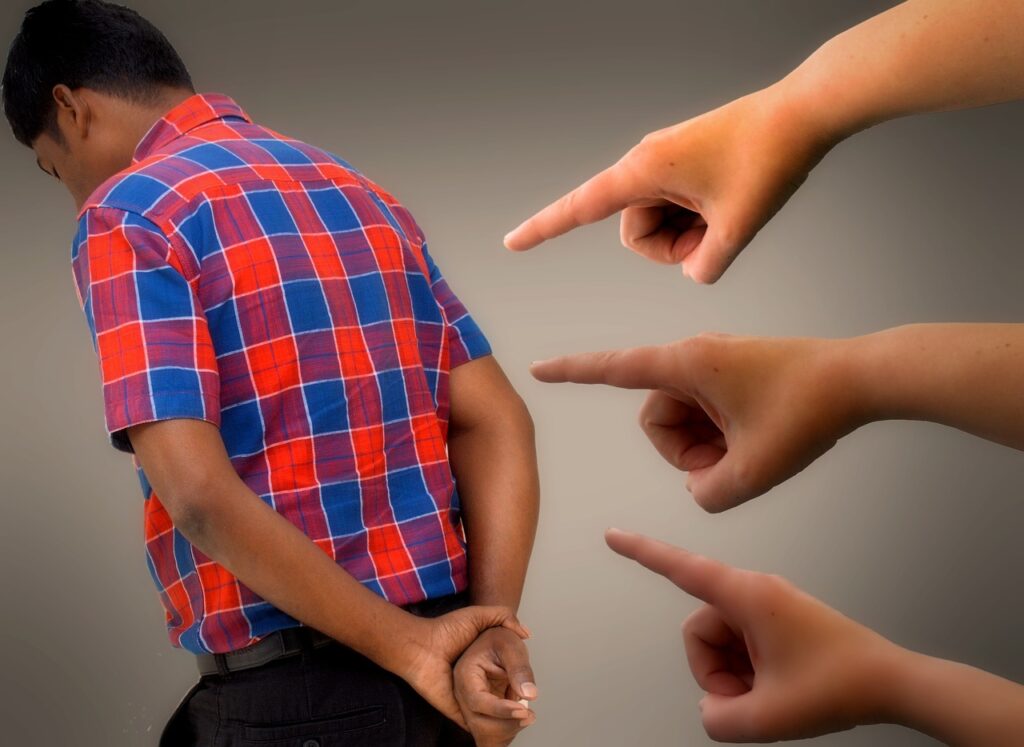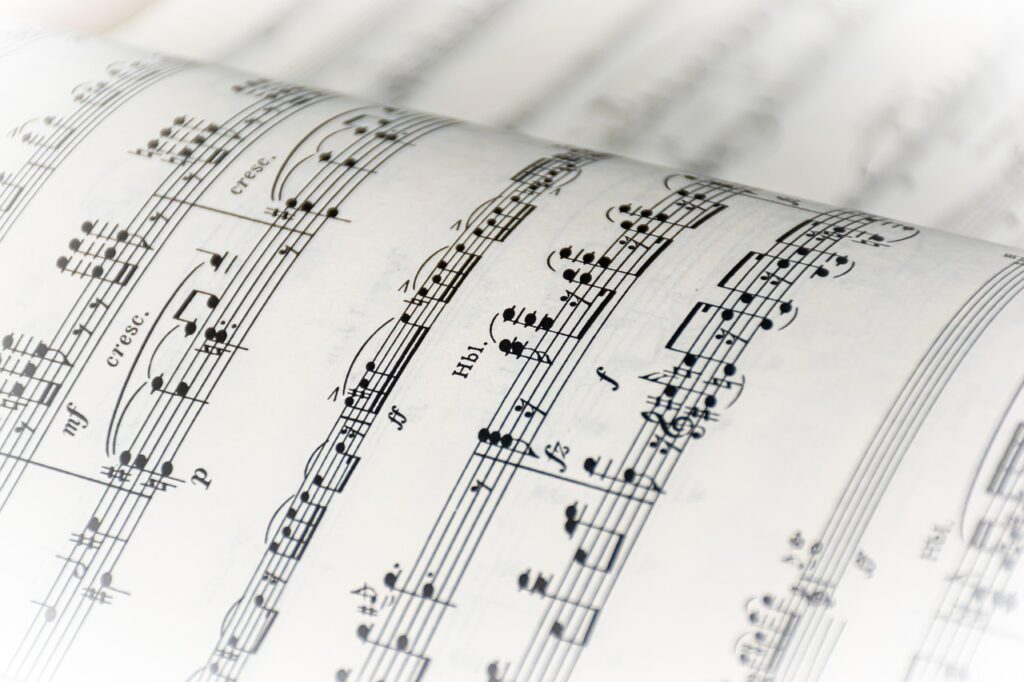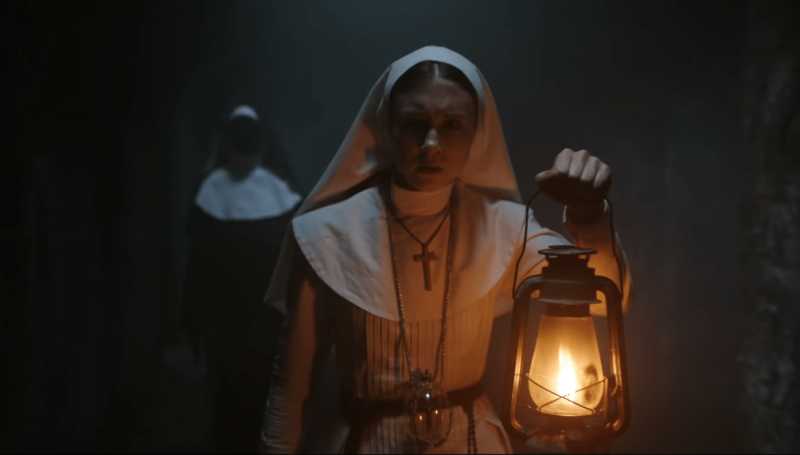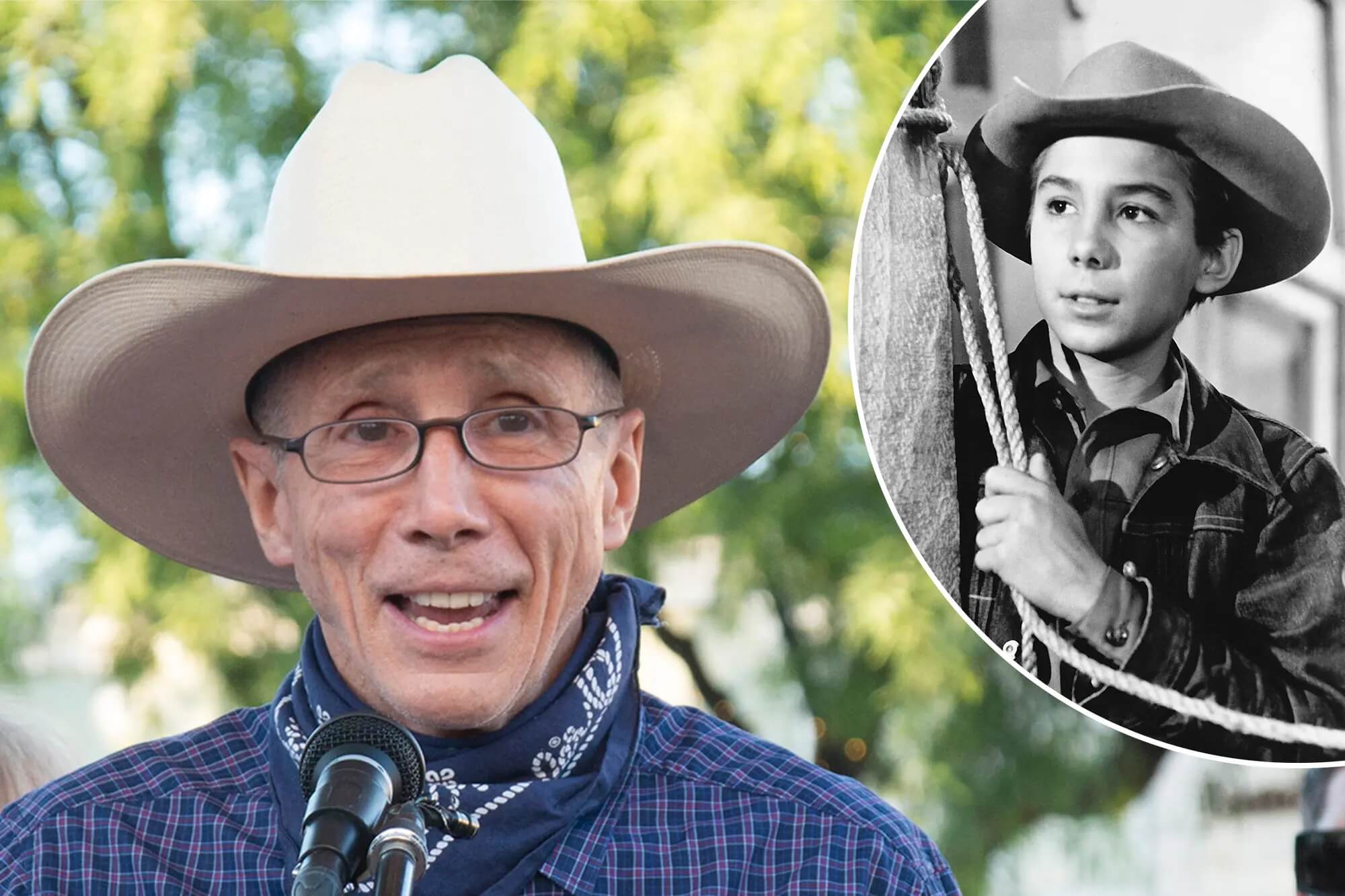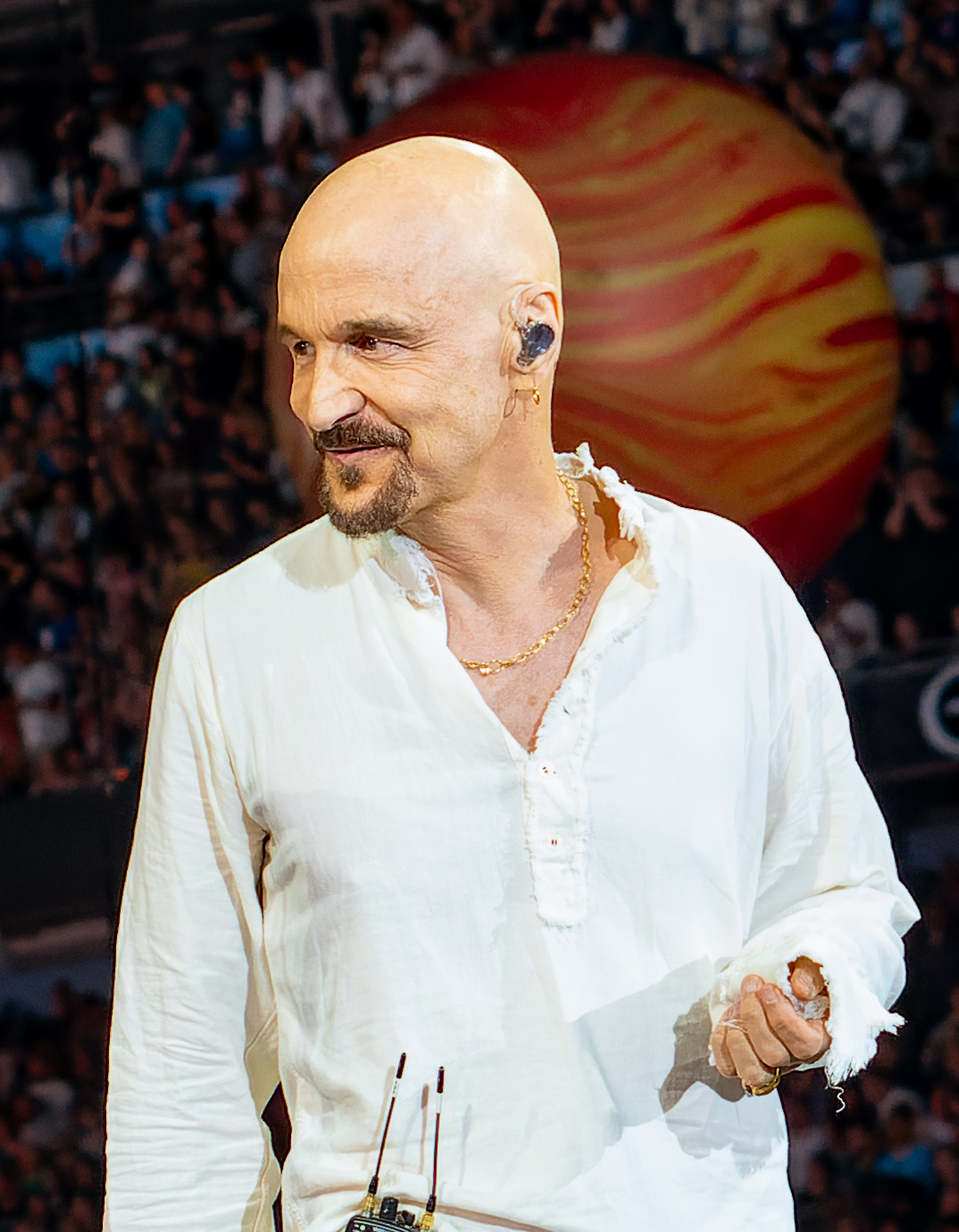
The lead singer of the acclaimed rock band James, Tim Booth, has publicly expressed his strong condemnation regarding the unauthorized use of the group’s hit song, ‘Sit Down,’ at a large-scale protest organized by far-right activist Tommy Robinson in central London. The incident has ignited a significant controversy, highlighting the intersection of music, politics, and intellectual property rights in the public sphere.
Booth, a vocal figure within the music community, articulated his ‘disgust’ at the deployment of the song during the ‘Unite the Kingdom’ march, asserting that the lyrical content and overarching message of James’s work stand in direct opposition to the ideology promoted by the organization behind the protest. This statement underscores a growing trend of artists taking a firm stance against the appropriation of their creative output for political agendas they do not endorse.
The unfolding events in London, marked by tens of thousands participating in the rally, have brought to the forefront discussions around freedom of expression, public assembly, and the responsibilities of organizers in ensuring respect for copyrighted material. This article delves into the specifics of the controversy, exploring the protest itself, the band’s reaction, and the wider implications of such unauthorized musical deployment.
1. **Band James’s Strong Condemnation of Song Use**
Tim Booth, the lead singer of the alternative rock band James, unequivocally criticized the use of their song ‘Sit Down’ during a protest organized by Tommy Robinson. His reaction, posted on X (formerly Twitter), conveyed a profound sense of displeasure and a clear disassociation from the event’s agenda.
Booth stated, “Disgusted to see the cynical use of ‘Sit Down’ by @TRobinsonNewEra. No permission was granted, and we are looking into our options.” This immediate and forceful response underscores the band’s concern over the perceived misappropriation of their artistic work for a cause they do not support.
The frontman further elaborated on the band’s position, asserting that the lyrics of ‘Sit Down’ and many of James’s other topical songs inherently convey a message that is “the antithesis of this organization.” This highlights a fundamental disagreement between the artist’s intended message and the context in which their music was used, emphasizing the importance of artistic integrity and control over one’s work.
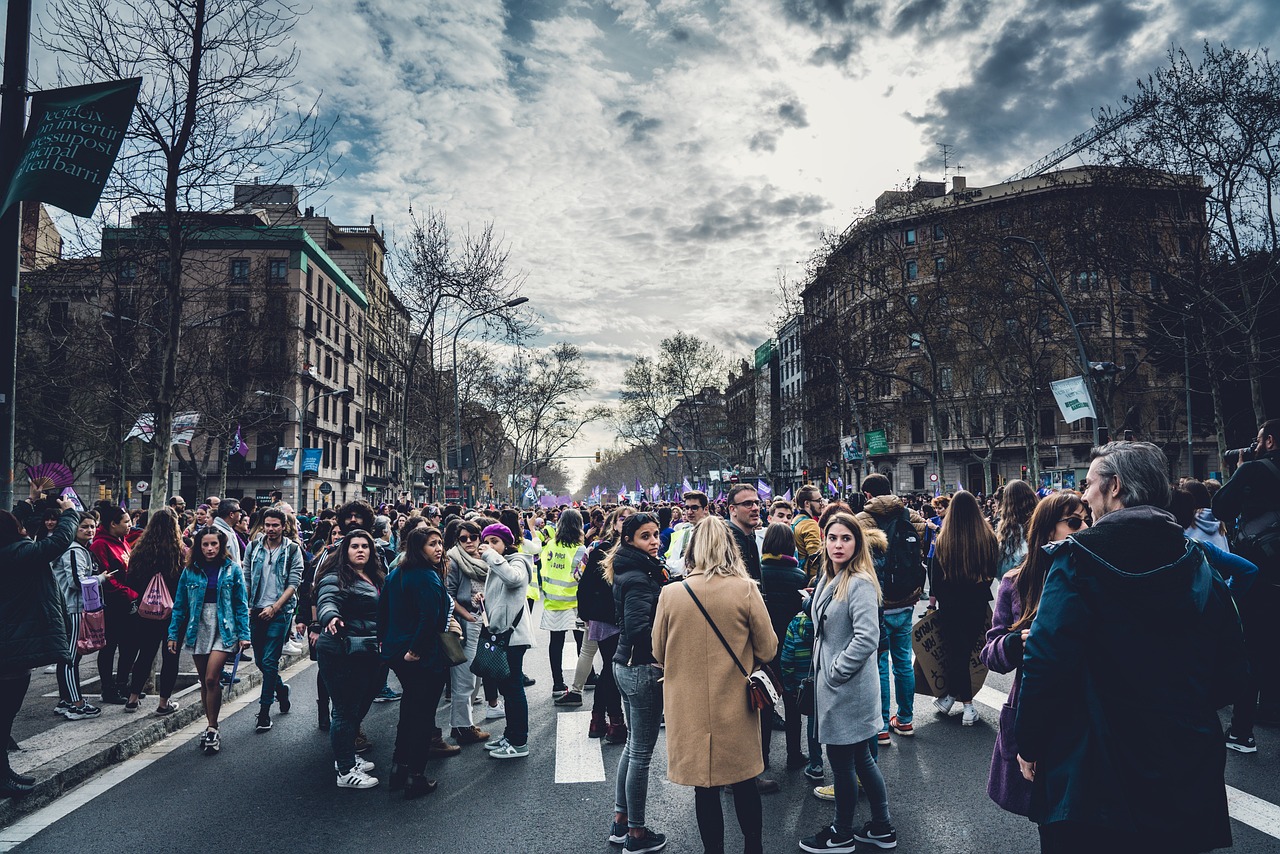
2. **Details of the ‘Unite the Kingdom’ Protest**
The ‘Unite the Kingdom’ march, organized by Tommy Robinson, whose real name is Stephen Yaxley-Lennon, saw a significant turnout in central London. Metropolitan Police estimated that between 110,000 and 150,000 people attended the rally, which took place across central London and culminated in Whitehall and Trafalgar Square.
The event featured a large screen set up on Whitehall, which displayed various speeches from what were described as far-right politicians and celebrities. This setup provided the backdrop for the playing of James’s song, ‘Sit Down,’ inadvertently bringing the band into the protest’s narrative.
Robinson himself reposted a video on X, originally made by the page ENGLISH EDITS, showcasing aerial footage of the rally and highlighting its size. He captioned the clip, “Britain is awake, we are no longer afraid, you will not take our right to free speech @Keir_Starmer WE WANT OUR COUNTRY BACK,” framing the march as a demonstration of a reawakened national resolve.
Read more about: A Perilous Miscalculation: When Pirates Attacked the Unyielding Power of Warships and Faced Swift Defeat
3. **The Song ‘Sit Down’ and Its Perceived Incompatibility**’
‘Sit Down’ is one of, if not the most famous song by the English rock band James, achieving significant popularity, particularly after its re-release in 1991 when it reached number two on the UK Singles Chart. Its enduring appeal and widespread recognition make its use in such a high-profile political context particularly contentious.
The lyrics of ‘Sit Down’ are generally interpreted as a call for unity, empathy, and collective support in times of distress, often associated with comforting someone in pain or offering solace. This interpretation contrasts sharply with the confrontational and divisive rhetoric often associated with far-right movements and the stated aims of the ‘Unite the Kingdom’ protest.
Tim Booth’s assertion that the song’s message is the “antithesis” of the organization underscores this perceived incompatibility. For the band, the unauthorized use not only infringes on their copyright but also fundamentally distorts the artistic and emotional meaning of their work, co-opting it for a message they actively oppose.
Read more about: The Unforgettable Saga: Every Twisty, Turny Moment in the Mariah Carey & Eminem Obsession

4. **Legal Implications: Copyright Infringement and Artists’ Rights**
The unauthorized use of copyrighted music in public or online contexts, especially for political purposes, raises significant legal questions concerning copyright infringement. Musicians and their representatives typically hold exclusive rights over how their work is used, including public performance and synchronization with visual content.
According to the Institute of Contemporary Music Performance (ICMP), obtaining synchronisation licenses is necessary for using music in audio-visual projects, including online videos where music is synchronized with visual content. The absence of such permission, as asserted by Tim Booth, forms the basis of a potential legal challenge.
When a band’s copyrighted work is used unlawfully, they can initially issue a formal request, often in the form of a cease and desist letter, to compel the accused party to stop using their work. Should this not lead to appropriate action, the copyright holders may then file a lawsuit for copyright infringement, which could result in damages payments or a court order preventing future unauthorized use of the work.
5. **Elon Musk’s Surprise Video Appearance and Controversial Claims**
Adding another layer of controversy to the ‘Unite the Kingdom’ rally was the surprise appearance of Tesla and X owner Elon Musk, who addressed the crowd via video call on a large screen. His involvement garnered significant attention and was met with “huge cheers from the crowd.”
During his video address, Musk made a series of controversial claims regarding the United Kingdom. He stated, “I think there’s something beautiful about being British, and what I see happening here is a destruction of Britain—initially a slow erosion, now rapidly increasing—through massive uncontrolled migration.”
Musk further asserted, “The government has failed to protect innocent people, including children who are being gang-raped. It’s unreal that the government has failed in its fundamental duty to protect its citizens.” These remarks, delivered to a large protest gathering, intensified the debate around the rally’s message and the role of high-profile figures in influencing public discourse.
6. **Tim Booth’s Past Criticisms of Morrissey**
Tim Booth, the lead singer of James, has a history of public commentary, including previous criticisms directed at fellow musician Morrissey. This forms part of a broader pattern of artists engaging with political figures and ideologies that diverge from their own. Booth’s outspoken nature extends beyond the recent controversy, offering insight into his established positions on various public matters.
In 2018, Booth publicly addressed his changed perception of Morrissey, with whom he shared a historical connection from their early days in the Manchester music scene. Booth recalled their friendship during the 1980s, describing Morrissey as ‘sweet, very shy, very frightened,’ and noted The Smiths’ supportive stance towards James. He even mentioned their attempt to take James on tour to America, an offer James ultimately declined.
The shift in Booth’s sentiment became apparent as he observed Morrissey’s increasing political leanings. This included reports of the former Smiths frontman expressing sympathy for Tommy Robinson, a position that clearly conflicted with Booth’s own views. This divergence underscored a fundamental ideological divide that ultimately impacted their relationship, leading Booth to re-evaluate his former friend.
Booth did not shy away from expressing his disapproval, stating that Morrissey had ‘become a bit of a d**k.’ He elaborated on this sentiment, acknowledging Morrissey’s past kindness towards James while simultaneously asserting, ‘As I say, he did some very kind things for us so therefore it’s hard for me to say he’s a d**k but he’s being a d**k at the moment.’ This candid assessment highlights the intensity of Booth’s feelings regarding the perceived ideological alignment of Morrissey.

7. **Involvement of Other Public Figures**
Beyond Elon Musk’s video address, the ‘Unite the Kingdom’ rally garnered attention due to the presence and involvement of several other high-profile figures. These individuals contributed to the event’s visibility and messaging, attracting a range of participants to the central London demonstration. Their appearances further underscored the rally’s intent to gather public support for its stated objectives and themes.
Prominent personalities such as Katie Hopkins and Ant Middleton were reported to have joined Tommy Robinson in leading the protestors. Their participation, alongside Robinson, provided additional public faces to the march, potentially broadening its appeal to segments of the population familiar with their media profiles and viewpoints. The presence of such figures can often lend a higher profile to a protest’s message.
Elon Musk, the owner of Tesla and X, also made a surprise appearance via video call, addressing the crowd on a large screen. During his address, Musk made controversial claims about the United Kingdom, stating, ‘I think there’s something beautiful about being British, and what I see happening here is a destruction of Britain—initially a slow erosion, now rapidly increasing—through massive uncontrolled migration.’ He further asserted, ‘The government has failed to protect innocent people, including children who are being gang-raped. It’s unreal that the government has failed in its fundamental duty to protect its citizens.’ This particular involvement, met with ‘huge cheers from the crowd,’ added a global dimension to the rally, connecting the local protest in London with an internationally recognized figure known for his influence across technology and social media.
The collective appearance of these various public figures served to elevate the profile of the ‘Unite the Kingdom’ march. Their involvement, whether in person or via video link, contributed to the narrative and perception of the protest, lending it a higher degree of prominence within public discourse than it might otherwise have achieved and shaping public opinion around the event’s objectives.
Read more about: An In-Depth Retrospective on ‘Chuck’: Exploring the Action-Comedy Spy Drama’s Enduring Legacy

8. **Policing of the Event and Counter-Protests**
The large-scale ‘Unite the Kingdom’ march was met with a significant police presence and a distinct counter-protest, highlighting the logistical and security challenges for authorities. Metropolitan Police estimated that between 110,000 and 150,000 people attended Robinson’s rally, demonstrating the considerable turnout across central London, culminating in Whitehall and Trafalgar Square.
A separate demonstration, dubbed the ‘March Against Fascism’ and organized by Stand Up To Racism (SUTR), also took place across London. This counter-protest drew approximately 5,000 anti-racism campaigners, providing a stark contrast in numbers and ideology to the main event. The two groups were physically separated by a line of police horses and officers, some equipped with riot shields, to maintain order and prevent direct confrontation.
Clashes between police and protestors were reported, leading to at least 25 arrests for various offences including affray, violent disorder, assault, and criminal damage. Furthermore, 26 police officers sustained injuries during the event, with four reported to be seriously hurt. These incidents underscore the intensity of the confrontations that occurred during the day and the risks faced by law enforcement.
The Metropolitan Police had imposed a 6pm cut-off time under the Public Order Act for the ‘Unite the Kingdom’ rally, which ultimately overran this limit. A confrontation arose when officers attempted to prevent Robinson’s supporters from encircling counter-protesters and accessing areas from different routes, leading to further disorder near Westminster Bridge and requiring British Transport Police response.
Visual observations from the scene depicted contrasting banners and chants, with one side displaying placards stating ‘refugees welcome. Stop the far right’ and the other flying Union and St George’s flags, as they chanted at each other. This clear division in messaging and iconography underscored the ideological chasm between the two assembled groups in central London, representing a fractured public opinion.
9. **Clash of Freedoms: Freedom of Expression and Assembly in the UK Context**
The ‘Unite the Kingdom’ rally and its accompanying counter-protest brought into sharp focus the complex interplay of freedom of expression and the right to public assembly within the United Kingdom. Organised by Tommy Robinson, the march was framed by its supporters as an assertion of fundamental liberties, with Robinson himself reposting a clip captioned, ‘Britain is awake, we are no longer afraid, you will not take our right to free speech @Keir_Starmer WE WANT OUR COUNTRY BACK.’
This narrative positions the event as a stand against perceived limitations on free speech and a call for a return to specific national values. The act of gathering tens of thousands of individuals in central London served as a potent visual declaration of this collective sentiment, exercising the right to peaceful assembly to convey political grievances and demands. The widespread participation indicates a significant segment of the population identifying with these concerns, demanding their voices be heard.
However, the event also ignited opposition from groups like Stand Up To Racism (SUTR), who organised a counter-protest to challenge the messaging of the ‘Unite the Kingdom’ rally. Weyman Bennett, co-convenor of SUTR, criticised Robinson’s event, stating, ‘These far-right thugs planned this to be a violent riot… We are proud we organised a vibrant counter-demonstration, but more action is needed against the far-right threat.’ This illustrates the exercise of counter-expression, where opposing groups utilise their own rights to assembly and speech to contest perceived extremism.
The simultaneous protests highlight the inherent tension in a democratic society when diverse and often conflicting viewpoints are expressed publicly. While freedom of speech and assembly are fundamental, they are not absolute and can be subject to limitations, particularly concerning public order, safety, and the incitement of hatred. The policing actions and reported clashes underscore the challenges authorities face in balancing these rights with the responsibility to maintain peace and protect all citizens and groups from harm.
Ultimately, the events of the day served as a stark reminder of the ongoing societal debates surrounding the boundaries of expression and the permissible scope of political demonstration in a pluralistic society. The divergent messages and the public’s engagement with both sides reflect a dynamic and contested landscape of ideas within the UK, continually testing the limits of these freedoms.
10. **Historical Precedents of Musicians Challenging Political Use of Work**
The situation involving James and Tommy Robinson is not an isolated incident; musicians have historically challenged politicians and political movements over the unauthorized use of their work. This ongoing struggle underscores artists’ desire to control the narrative and association of their creative output, particularly when it clashes with their personal or political beliefs. Such disputes highlight the often-uncomfortable intersection of art and politics.
In 2016, pop superstar Adele publicly issued a statement confirming she had not granted permission for Donald Trump to use her music during his campaign rallies. Her representatives made it clear that her music was not to be used for any political campaigns, asserting her right to control the public performance of her copyrighted material. This served as an early, high-profile example during that election cycle, setting a precedent for other artists.
The iconic rock band The Rolling Stones also threatened legal action against Trump’s campaign in 2020 for its continued use of their music at rallies. Despite repeated requests to cease and desist, the campaign continued to play their songs, prompting the band’s representatives to engage copyright organisations to enforce their rights and prevent further unauthorized use, illustrating the persistent nature of such disputes.
Similarly, the legendary rock group Queen tried and failed to stop Trump from utilizing their anthemic songs, such as ‘We Are the Champions,’ in his campaign videos. While these efforts did not always immediately cease the usage, they sent a clear message from the artists about their disapproval and determination to protect their artistic integrity from political appropriation, even when legal avenues prove challenging.
More locally, in 2017, Florence Welch of Florence and the Machine and DJ Calvin Harris voiced their complaints when their music was played at the Conservative Party conference. These instances, spanning various genres and political affiliations, demonstrate a consistent pattern of musicians asserting their autonomy and protesting the unsolicited alignment of their art with political agendas they do not endorse, reaffirming the importance of artistic control.
The unauthorized use of ‘Sit Down’ by James at a Tommy Robinson protest encapsulates a multifaceted controversy, drawing together issues of artistic integrity, intellectual property, freedom of expression, and the complexities of political activism in contemporary Britain. While legal options are explored, the incident serves as a poignant reminder of the cultural clashes inherent in public discourse and the enduring power of music to be both a unifying force and a battleground for ideological differences. The wider context of this event underscores how artists continue to navigate the often-turbulent waters where their creative work meets the political arena, asserting their voice in an ever-evolving landscape.

